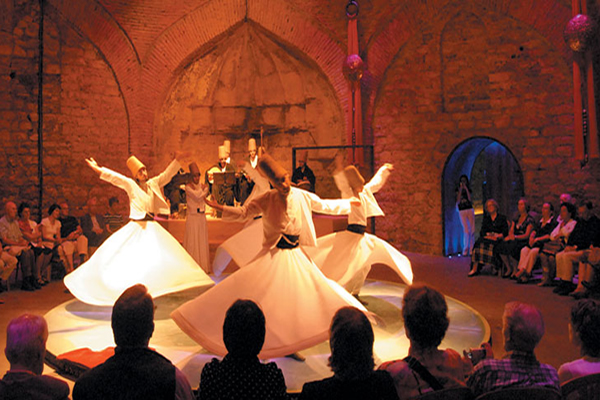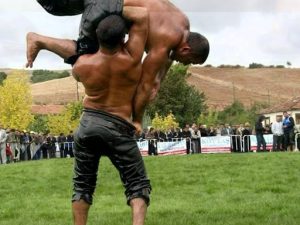The origin of Turkish theatre dates back hundreds of years. Traditional Turkish Theatre, a term referring to shows that were performed during the Ottoman Empire.
TRADITIONAL TURKISH THEATRE
Traditional Turkish Theatre is a term referring to shows that were performed during the Ottoman Empire, includes Halk Tiyatrosu and Koy Sehirlik Oyunlari.
The most important aspect of these types of theatre is that they are based on improvisation, and not on a written text. The main element of traditional Turkish theatre is comedy. The plays were not organized to be performed regularly, but were usually seen as part of traditional ceremonies or social gatherings.
VILLAGE PLAYS
Koy Seyirlik Oyunlari (Village Plays) are based on the ceremonies of the civilizations in Asia Minor as well as on Shaman ceremonies inherited from Turkish ancestors. Plays are put on in accordance with rural traditions on special days, weddings and holidays.
FOLK THEATRE
Halk Tiyatrosu (Folk Theatre) flourished in urban areas, and this type of theatre comprises Karagoz and Hacivat (shadow puppet theatre), Kukla (puppet theatre), Arts of Meddah (public storytelling) and Orta Oyunu (street theatre).
Karagoz and Hacivat: Karagoz & Hacivat is a traditional show theatre created and played by Turks, where the shadow puppets of human and animal figures, cut out of leather and colored, are thrown onto a white curtain using a light source behind it. Karagoz and Hacivat are the lead characters of the Turkish shadow play.
Arts of Meddah: Arts of Meddah is a kind of one act play where the narrator also imitates the various characters in the play. Its most important component is the meddah (storyteller) who is the artist who tells various stories in public and entertains people by imitation.
Orta Oyunu: In style and theme resembles Karagoz and Hacivat, but Orta Oyunu is performed by real actors. Kavuklu and Pisekar are the lead roles of this traditional Turkish theater.




